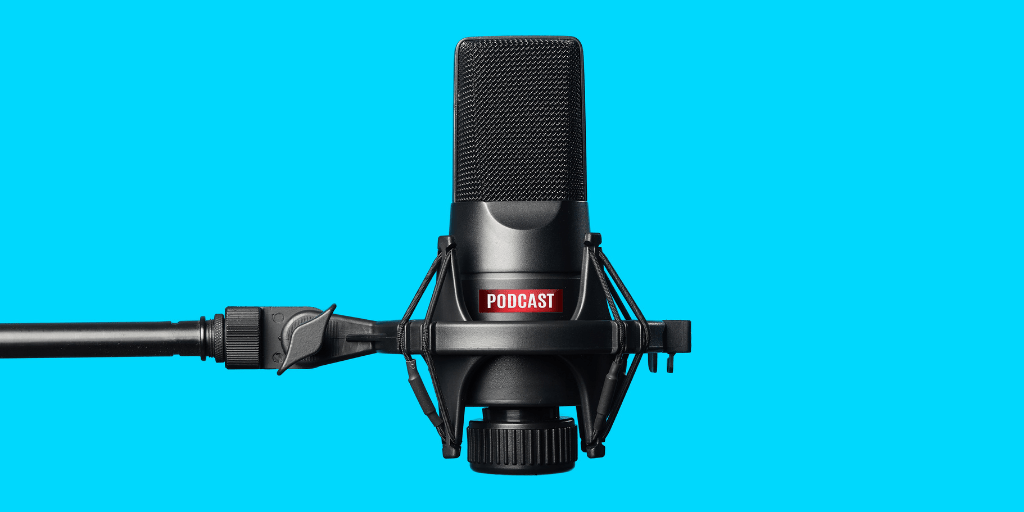So you’re thinking about starting your very own podcast? That’s awesome! Podcasts are a great way to raise awareness about matters that are close to your heart while also allowing your audience to get to know you better.
One of the best things about podcasts is that they give you the freedom to discuss things in detail without boring people to sleep.
Imagine if you wrote a 5000-word blog on animal cruelty. It’s an excellent topic, but the piece probably won’t get the attention it deserves because most people would think it’s too long.
In podcast form though, 5000 words can be a quick 16-minute long episode—one that they can easily listen to while driving to the grocery store or tidying the house, we might add.
So there’s really a lot to love about podcasts, which is why it’s no surprise that you’re thinking about starting one yourself. But where do you begin? Follow these 5 simple steps or check out our quick video and you’ll be well on your way to recording your first episode!
1. Invest in good-quality recording equipment.
If you’re even considering using the built-in microphone that comes with your headphones for recording your podcast, we’re going to have to stop you right there.
Podcasts are entertainment for the ears, so sound quality should certainly be a top priority. And as a soon-to-be podcast host, it’s very important that you invest in a high-quality microphone and if possible, a pop-filter, too.  There are many different types and brands of microphones. Depending on your preference and budget, we’re sure that you’ll have no problem finding one that’ll fit your needs.
There are many different types and brands of microphones. Depending on your preference and budget, we’re sure that you’ll have no problem finding one that’ll fit your needs.
For us, this one from Blue Yeti has to be our favorite. It records amazingly and at about 200 bucks, we say it’s pretty reasonably priced considering the top-notch sound quality that you get.
As for a pop-filter, while it’s not necessarily a requirement, trust us, it can do wonders for amping up the quality of your recordings. Its job is to reduce or remove any annoying breathing noises or harsh popping sounds that microphones tend to pick up whenever we pronounce words with Ps and Bs.
Its job is to reduce or remove any annoying breathing noises or harsh popping sounds that microphones tend to pick up whenever we pronounce words with Ps and Bs.
You simply clip or attach it to your microphone. We highly recommend checking this one out if you don’t know which one to get. It works really well with the Blue Yeti microphone we previously mentioned.
2. Find a reliable recording app.
Next on the list is a recording app. There are ones that you can download onto your computer for easy offline use, but if you want to save up on storage space, there are plenty of online options too.
One example is Screencastify. While it’s mainly a screen recording app, it’s also great for audio recording and you can just install it on your Chrome browser.
If you prefer an app that’s geared towards podcast creators, we highly suggest trying out Cast. It not only lets you record your podcast but also edit, publish, and have it hosted right in one place. 
3. Pick a podcast format.
While you might already have your podcast niche nailed down, you simply can’t forget about picking a podcast format. Do you want to do your podcast interview style and have different guests over? Or maybe you’re leaning more towards doing a solo podcast and having the freedom to run the whole show? Either way, before you grab your microphone and hit record, it’s essential to finalize your podcast format and stick to it. Without a consistent format, your podcast will seem unorganized and leave people unsure of what to expect from your shows.
Either way, before you grab your microphone and hit record, it’s essential to finalize your podcast format and stick to it. Without a consistent format, your podcast will seem unorganized and leave people unsure of what to expect from your shows.
4. Choose a podcast hosting company.
Once you have your podcast recorded, edited, and ready to go live, you’ll need to find a podcast host. As we mentioned earlier, Cast already offers podcast hosting services, so if you’re going with that, you’re pretty much set.
However, if you’re planning on using an app that’s purely for audio recording, Libsyn is probably one of the best podcast hosting companies out there. It’s what we use for our own podcasts and it makes it very easy for us to publish our shows on multiple platforms. You can learn more about Libsyn’s features here.
It’s what we use for our own podcasts and it makes it very easy for us to publish our shows on multiple platforms. You can learn more about Libsyn’s features here.
5. Name your podcast.
Lastly, based on your target niche and podcast format, think up a fitting name for your podcast. Remember to keep it short and direct so people know from the get-go what your podcast is about, but also catchy and unique to make sure that you stand out and pique your audience’s interest.
This blog from Pacific Content can help you pick out the perfect name for your podcast.











